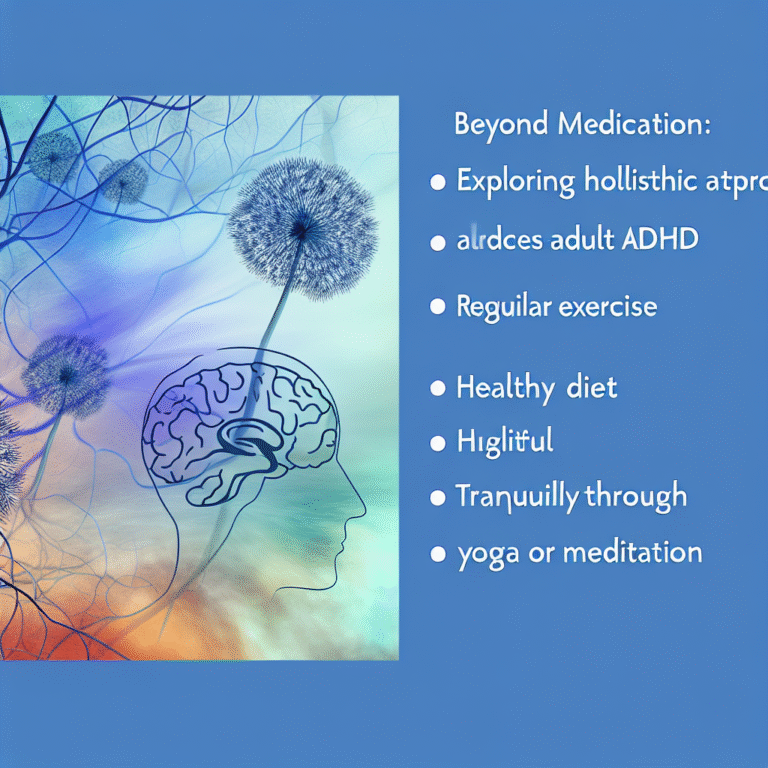
The Hidden Struggle: Symptoms of High-Functioning Depression Explained
Introduction
In a world where productivity is often equated with success, many individuals mask their inner turmoil behind a smile and daily accomplishments. High-functioning depression (HFD) is the hidden struggle that silently impacts countless lives. This condition can lead individuals to maintain a façade of normalcy while battling overwhelming feelings of sadness, anxiety, and fatigue. In this comprehensive guide, we will explore "The Hidden Struggle: Symptoms of High-Functioning Depression Explained," shedding light on the subtle symptoms, personal stories, and actionable steps for individuals affected by this often-overlooked mental health issue.
Understanding High-Functioning Depression
What is High-Functioning Depression?
High-functioning depression, often characterized by persistent low mood and diminished interest in activities, occurs without the classic symptoms that lead to a major depressive diagnosis. Individuals may excel at work, engage in social activities, and seemingly lead fulfilling lives, all while feeling despondent on the inside. Recognizing "The Hidden Struggle: Symptoms of High-Functioning Depression Explained" is crucial for self-awareness and well-being.
Symptoms of High-Functioning Depression
Recognizing the Signs
High-functioning depression can be challenging to identify. It often masquerades as the daily grind of life. Here are some common symptoms exhibited by those who struggle with HFD:
- Chronic Fatigue: Feeling persistently tired despite adequate sleep.
- Mood Swings: Experiencing emotional highs and lows frequently.
- Social Withdrawal: Despite social interactions, feeling isolated either emotionally or mentally.
- Sense of Worthlessness: A pervasive feeling of inadequacy and self-doubt.
- Irritability: Becoming easily frustrated or annoyed without clear reasons.
- Difficulty Concentrating: Struggling to focus on tasks or remember details.
- Overachieving: Compensating for low self-worth by excelling in areas like work or academics.
Case Study: Sarah—a 32-Year-Old Professional
Sarah is a successful marketing manager who appears to have it all: a stable career, a loving partner, and an active social life. However, beneath the surface, Sarah grapples with feelings of emptiness and fatigue. Despite her accomplishments, she feels she can never meet her own expectations and often wonders if anyone truly sees her struggle.
Analysis: Sarah’s case exemplifies the essence of high-functioning depression. Her ability to maintain a professional appearance while feeling inadequate reflects the internal conflict many face, making it difficult for others to recognize their struggle.
The Impact of High-Functioning Depression
On Personal Relationships
The hidden struggle of HFD can place a strain on relationships. Family and friends might misinterpret the individual’s emotional distance as disinterest rather than an internal battle. This misunderstanding can create a communication gap, leading to feelings of loneliness and further perpetuating the depression.
On Professional Life
Individuals with high-functioning depression can often excel in their work but may find it challenging to maintain enthusiasm and creativity in their roles over time. The pressure to perform can exacerbate feelings of inadequacy, leading to burnout.
The Cycle of High-Functioning Depression
The Silent Spiral
High-functioning depression can lead individuals into a cycle of self-doubt, where they continuously seek external validation while battling internal chaos. The façade of accomplishment can make them feel even more isolated, creating a paradox where their high productivity becomes a means of masking personal struggles.
Breaking the Cycle: Steps Toward Healing
Acknowledging the Struggle
The first step toward reclaiming one’s mental health is acknowledging the existence of high-functioning depression. Recognizing "The Hidden Struggle: Symptoms of High-Functioning Depression Explained" lays the groundwork for healing.
Seeking Professional Help
Engaging with a mental health professional can offer individuals tools to cope with HFD effectively. Therapy types including cognitive-behavioral therapy (CBT) can help reframe negative thoughts, while medication might be an option for some.
| Therapy Type | Overview | Potential Benefits |
|---|---|---|
| Cognitive Behavioral Therapy (CBT) | Focuses on changing negative thought patterns | Improved coping strategies |
| Mindfulness-Based Therapy | Encourages mindfulness to reduce anxiety | Enhanced emotional regulation |
| Medication | Antidepressants or mood stabilizers can help | Alleviated symptoms of HFD |
Practical Self-Help Strategies
Mindfulness and Meditation
Mindfulness techniques can significantly reduce anxiety and promote emotional balance. Regular meditation can help ground individuals in the present moment, steering away from the negative thought patterns that characterize HFD.
Journaling
Expressing thoughts and feelings through journaling can serve as a therapeutic outlet. Writing about daily experiences fosters self-reflection, revealing patterns that may otherwise remain hidden.
Conclusion
High-functioning depression may be a hidden struggle, but recognizing its symptoms and effects is the first step toward healing. By learning "The Hidden Struggle: Symptoms of High-Functioning Depression Explained," individuals can begin to break the cycle, seek help, and reclaim their lives. Healing is possible, and it’s essential to remember that you are not alone in this journey.
FAQs
What is the difference between major depressive disorder and high-functioning depression?
- Major depressive disorder often includes severe symptoms that impair daily life significantly, while high-functioning depression allows individuals to maintain responsibilities despite feeling depressed internally.
Can high-functioning depression be treated?
- Yes, therapies such as CBT, medication, and lifestyle changes can help manage symptoms effectively.
How can I support someone with high-functioning depression?
- Offer a listening ear and encourage open communication without judgment, and suggest seeking professional help if necessary.
Is high-functioning depression common?
- Yes, many people experience high-functioning depression, but it often goes unnoticed due to the absence of overt symptoms.
- What lifestyle changes can help mitigate high-functioning depression symptoms?
- Engaging in regular physical activity, practicing mindfulness, maintaining a balanced diet, and ensuring adequate sleep can all support mental health.
By understanding "The Hidden Struggle: Symptoms of High-Functioning Depression Explained,” we can create a compassionate environment where individuals can share their experiences without fear of stigma, ultimately fostering a community of support and healing.















